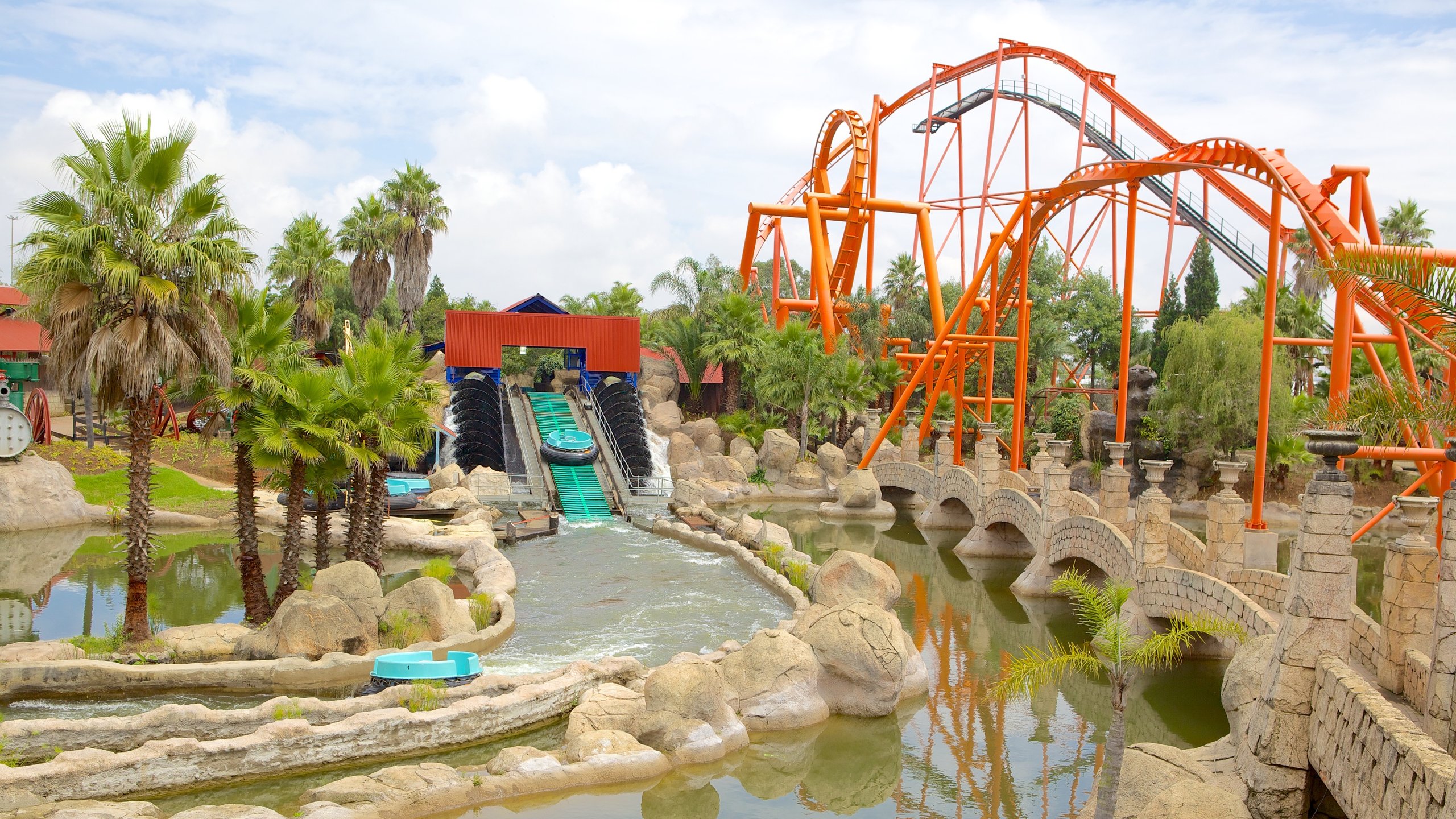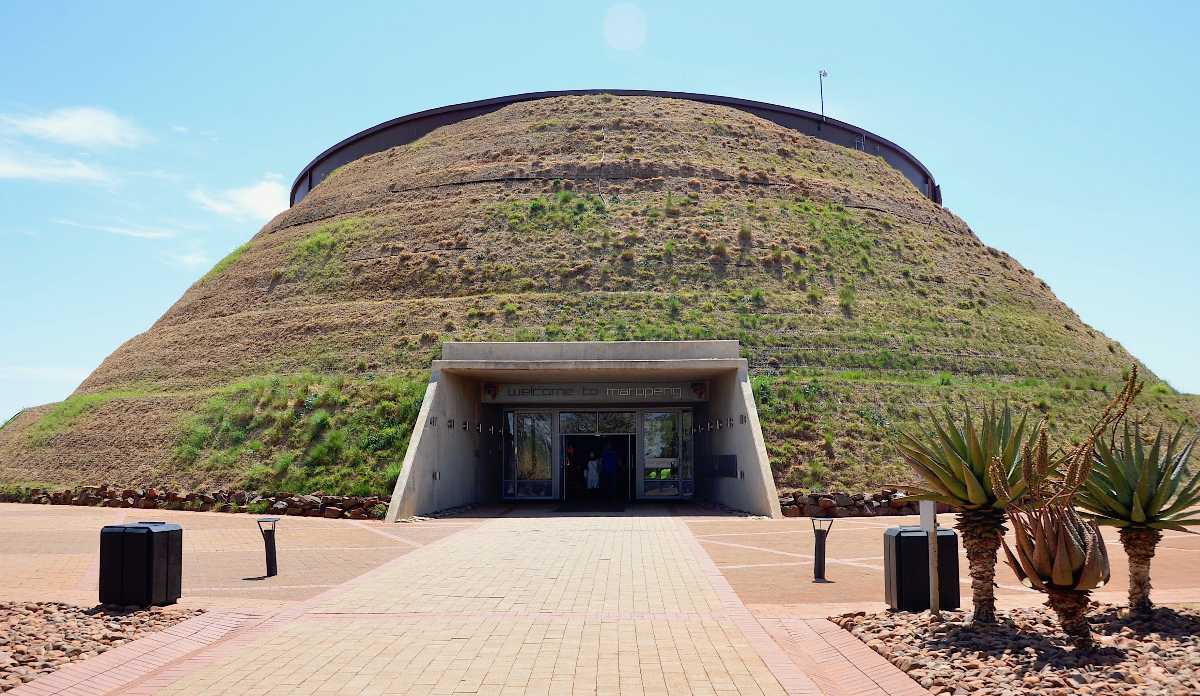Johannesburg North Attractions - Questions
Johannesburg North Attractions - Questions
Blog Article
The 30-Second Trick For Johannesburg North Attractions
Table of ContentsJohannesburg North Attractions - QuestionsJohannesburg North Attractions Can Be Fun For EveryoneThe Ultimate Guide To Johannesburg North AttractionsOur Johannesburg North Attractions IdeasThe Definitive Guide to Johannesburg North AttractionsThe Buzz on Johannesburg North AttractionsGetting My Johannesburg North Attractions To Work
You must keep safety and security in mind and tourists must remain alert at all times when in unfamiliar environments. Speak to the locals when you remain in community to learn about the area you are remaining in. Johannesburg North attractions. When on the street (this doesn't relate to shopping malls and various other safe and secure atmospheres) ideal general recommendations is to attempt your best to resemble a neighborhood and to avoid showing any kind of kind of wealth
The Facts About Johannesburg North Attractions Revealed
Teacher Revil Mason O. J. (Thomson, 1946) explored the Witwatersrand's pre-colonial history. His historical work blew up the 'em pty land' misconception, according to which the area was lacking human habitation before the arrival of European inhabitants. In his publications Prehistory of the Transvaal: A Document of Human Activity (1962) and Origins of Black People of Johannesburg and the Southern Western Central Transvaal AD 3501880 (1986 ), Professor Mason demonstrated the degree of social and financial development in the area before Europeans set foot right here.

The 8-Second Trick For Johannesburg North Attractions
In 1878, David Wardrop located gold in quartz veins at Zwartkop, north of Krugersdorp. In 1881, Stephanus Minnaar came across gold on the ranch Kromdraai, near the Cradle of Mankind.
In March 1886, a protrusion (quickly to be called the Main Coral reef) was located, fairly luckily, on Gerhardus Oosthuizen's ranch Langlaagte. Some claim that the Lancastrian coal miner George Walker found this coral reef. An additional travelling English prospector, George Harrison (who had actually formerly operated in Australian mines) gotten a prospecting licence in respect of Langlaagte in May 1886.
He made a decision to go on in a pursuit for greener pastures, and disposed of his Langlaagte claim for the princely sum of 10. Alas: below lay the richest goldfield ever discovered. The exploration of this abundant auriferous coral reef prompted a gold thrill that signified the end of bucolic serenity in the southern Transvaal.
It would, within 6 years, come to be the largest community in southern Africa. Within a years, it would certainly make the Z. A. R. up until after that an anarchical and insolvent little state the richest nation in Africa. By the millenium, the Z. A. R. was to surpass Russia, Australia and the USA of America to become the world's leading gold manufacturer, generating greater than a quarter of the world's gold.
The Buzz on Johannesburg North Attractions
It was recognized as Ferreira's Camp, named after Colonel Ignatius Ferreira. He internet was a Boer traveler upon whom the British authorities had actually bestowed the status of Friend of the Many Differentiated Order of St Michael and St George (entitling him to the post-nominal letters C. M. G.) in appreciation for his duty in the war that had deposed the Pedi king Sekhukhune in 1879.
Two various other camps were established: Meyer's Camp on the ranch Doornfontein, and Paarl Camp. The latter was nicknamed Afrikander Camp; many individuals from the Cape Swarm cleared up there.

How Johannesburg North Attractions can Save You Time, Stress, and Money.
This name acquired money by word of mouth, such that the State Assistant verified the name to the Mining Commissioner on 9 October 1886. Stands in the village were auctioned on 8 December 1886. While some stands were sold for 10, others were knocked down for as low as sixpence.
Two years later on, these erven were to change hands for as high as 750 each. The tented camps diminished as a dorp of corrugated iron structures developed read what he said and expanded north of the mines situated along the Main Reef Road. Locations such as Jeppe's Town (where working-class immigrants erected their dwellings) Home Page and Doornfontein (where the wealthy new 'Randlords' started to construct their luxurious homes) were quickly added to the ever-expanding map of the community.
Not known Facts About Johannesburg North Attractions
Apart from the road names, there were no signs of Johannesburg being situated in a Dutch-speaking country. Years later on, C. W. Kearns O. J. (one of the initial young boys enrolled at St John's College in 1898) would remember: 'A weird fact regarding Johannesburg was that, although it remained in the [Boer Republic], nearly every person spoke English and also the Government slaves resolved one in English, unless they were very first attended to in the Taal (or Reduced Dutch)'.
Britain had a rate of interest in making sure optimum conditions for gold manufacturing on the Witwatersrand, and that the gold was exported to London rather than Berlin an imperative rendered all the much more clamant by the Z. A. R.'s increasing toenadering with Germany. Mine proprietors were on a collision program with President Kruger, whose plan of monopolistic concessions (commonly approved to his cronies) stopped mining business from procuring supplies of products (particularly dynamite) and labour by themselves, less costly terms
The smart Trick of Johannesburg North Attractions That Nobody is Discussing
In 1890, the Volksraad had limited the franchise to white guys that had stayed in the Z. A. R. for fourteen years or longer, thus invalidating the majority of the immigrants (that occurred to be the major factors to the fiscus). However, agitation for the vote was a plain pretext for advertising a different program; most uitlanders regarded themselves as short-lived visitors and had no intent of continuing to be in the Z.
Report this page